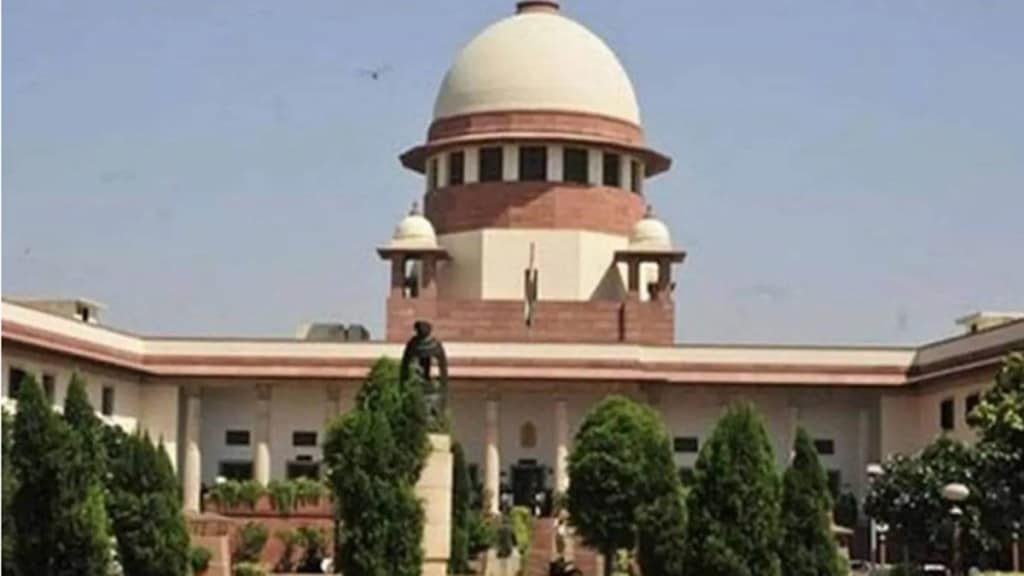The Supreme Court on Monday upheld the validity of the Centre’s November 8, 2016, notification demonetising high-value currency notes in the denomination of Rs 500 and Rs 1,000, stating that there was a “reasonable nexus” with the objectives that the Centre sought to achieve through the measure. The court, in a 4:1 majority verdict, ruled that the decision cannot be struck down on the grounds of proportionality and also stated that the power under Section 26(2) of RBI Act can be used to demonetise the whole series of banknotes and not any particular series.
However, Justice BV Nagarathna differed from the majority view of the five-judge Constitution bench on the point of powers of the central government under Section 26(2) of the RBI Act and pronounced a dissenting verdict in the matter.
“Demonetisation of all currency notes of Rs 500 and Rs 1000 is unlawful and vitiated. However, having regard to the fact that the notification has been acted upon, this declaration of law will act only prospectively and will not affect actions already taken,” she said.
Questioning the process adopted by the Centre in implementing this decision, Justice Nagarathna observed: “When the proposal for demonetisation originates from the Central Govt, it is not under Section 26(2) RBI Act. It is to be way of a legislation, and if secrecy is needed, then by way of an ordinance,” she said. Justice Nagarathna observed that the majority view of the bench does not envisage the initiation of banknotes by the central government.
“Demonetisation of all series of notes at the instance of Central government is a far more serious issue than the demonetisation of particular series by the bank. So, it has to be done through legislation than through executive notification,” she said.
Justice Nagarathna further observed that the Centre was wrong to keep the Parliament “aloof” on a matter of such critical importance. “Parliament is a miniature of the country. Parliament which is the centre of democracy cannot be left aloof in a matter of such critical importance,” she said.
The Supreme Court judge further observed that there was no “independent application” on the part of the Reserve Bank of India. “On looking at the records submitted by RBI, there are words “as desired by the Central Govt”…this demonstrates there was no independent application by the RBI. The entire exercise was carried out in 24 hours,” she observed in her dissenting verdict.
Justice Nagarathna held that the proposal for demonetisation of Rs 500 and Rs 1,000 banknotes originated from the Centre which asked the RBI for an opinion. “The proposal originated from the central government and the opinion of the RBI was sought. Such an opinion given by the RBI cannot be construed as a recommendation under Section 26(2) of the RBI Act.”
The Centre had submitted in its affidavit to the Supreme Court that demonetisation was a “well-considered” decision and the consultation process with the RBI had begun in February 2016, months before the notification on November 8. The RBI also stated in its affidavit that due process was followed and it was the one that recommended demonetisation.
Justice Nagarathna, however, clarified that demonetisation was a well-intentioned and well-thought-of measure that targeted evils such as black money, terror funding and counterfeiting. “The measure is declared unlawful purely on legal grounds and not on the basis of objects,” she added.
(With inputs from Live Law)

